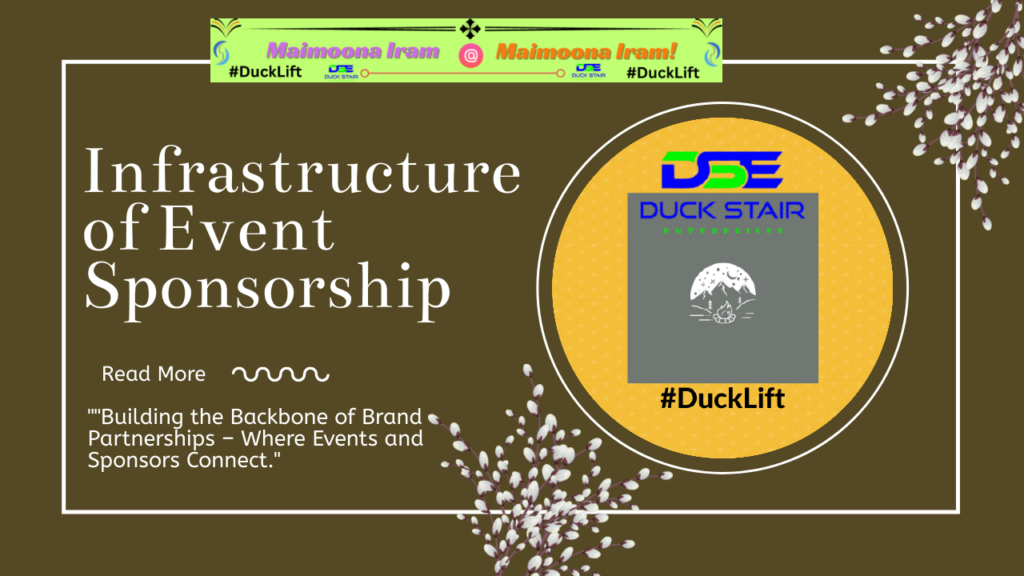
Infrastructure of Event Sponsorship
The infrastructure of event sponsorship refers to the systems, structures, and strategies that support and manage the relationship between sponsors and an event. It encompasses the planning, execution, and evaluation of sponsorship activities to ensure mutual benefits for both the event organizers and the sponsors.
Here’s a breakdown of the key components of event sponsorship infrastructure:
1. Sponsorship Strategy and Planning
- Goals and Objectives: Define what the event and sponsors aim to achieve (e.g., brand visibility, lead generation, community engagement).
- Target Audience Alignment: Match the sponsor’s target demographic with the event’s attendees.
- Budgeting: Allocate funds and determine sponsorship package values.
- Sponsorship Tiers: Create structured levels (e.g., Platinum, Gold, Silver) with varying benefits and pricing.
2. Sponsorship Packages
- Customizable Offerings: Tailor packages to sponsor needs.
- Deliverables and Benefits:
- Branding (banners, logo on materials, digital presence)
- Product placement or sampling
- Speaking opportunities or booths
- Hospitality and VIP access
- Branding (banners, logo on materials, digital presence)
3. Sponsor Acquisition and Relationship Management
- Prospecting: Identify and reach out to potential sponsors aligned with event goals.
- Proposal Development: Craft compelling, data-backed sponsorship proposals.
- Negotiation and Agreement: Finalize deliverables and sign contracts or MOUs.
- Ongoing Communication: Maintain contact before, during, and after the event.
4. Activation and Integration
- Brand Activation: Enable sponsors to engage attendees meaningfully (e.g., interactive booths, contests).
- On-Site Logistics: Ensure sponsors’ needs are met during the event (space, signage, staffing).
- Digital Integration: Incorporate sponsors into apps, websites, social media, and live streams.
5. Measurement and ROI Analysis
- Data Collection: Track attendee engagement, impressions, leads, and media reach.
- Reporting: Share post-event reports with sponsors, including KPIs and outcomes.
- Feedback Loop: Gather sponsor feedback for improvement and renewal discussions.
6. Legal and Compliance Framework
- Contracts and Agreements: Clearly define rights, obligations, and timelines.
- Intellectual Property Usage: Ensure proper use of logos and trademarks.
- Compliance: Follow relevant advertising, event, and data protection regulations.
7. Technology and Tools
- CRM Systems: Manage sponsor information and communication.
- Event Management Platforms: Integrate sponsorship tracking and reporting.
- Analytics Tools: Measure brand exposure, attendee interaction, and ROI.
